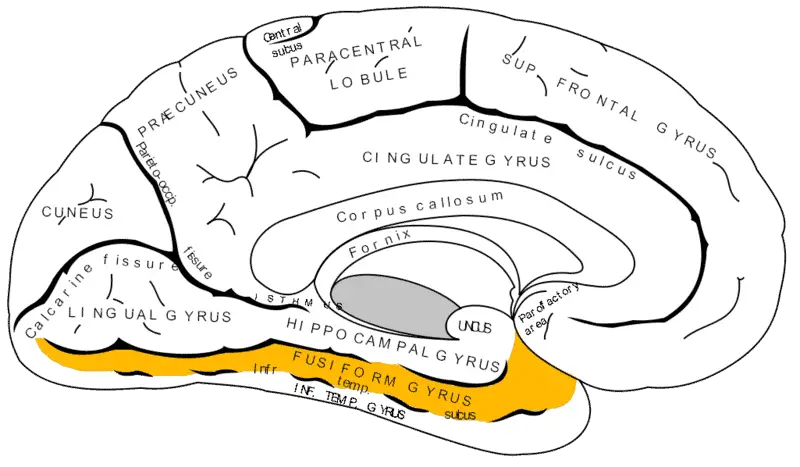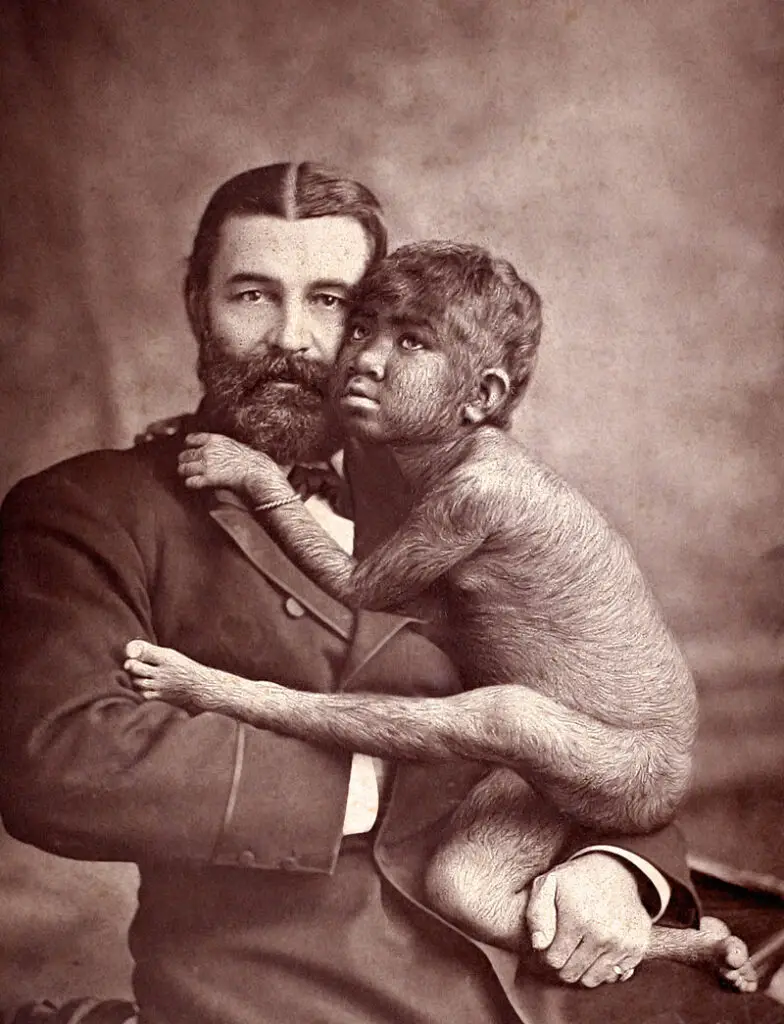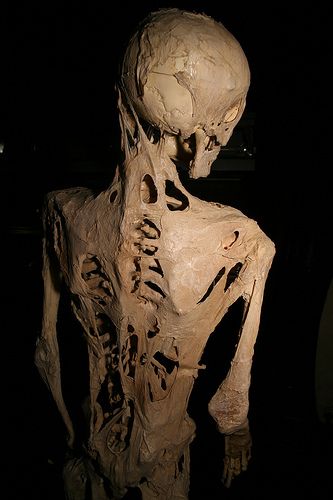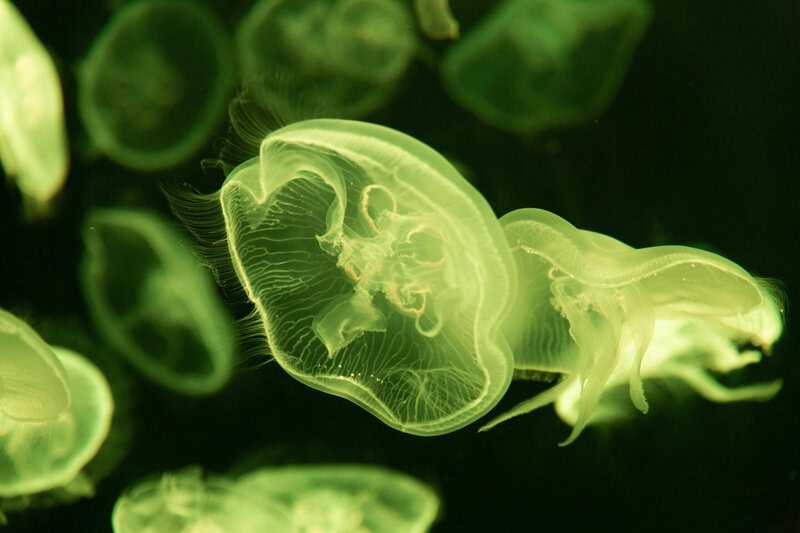The medical world is filled with conditions that, despite their peculiar names, are very real and can significantly impact those affected. Understanding these rare disorders is crucial, as it helps in recognizing symptoms, seeking appropriate treatment, and fostering empathy for individuals facing these challenges.
1. Alien Hand Syndrome

Alien Hand Syndrome (AHS) is a rare neurological disorder where a person’s hand moves involuntarily, as if it has a mind of its own. (my.clevelandclinic.org) This condition often results from brain injuries, strokes, or certain surgeries, leading to a disconnection between brain regions responsible for voluntary movement and those governing automatic actions. (pubmed.ncbi.nlm.nih.gov) Individuals with AHS may experience their hand performing actions without conscious control, such as grasping objects or touching their face, and may even feel as though their limb is controlled externally. (healthline.com) Treatment options include medications, mirror box therapy, and physical or occupational therapy to help manage symptoms and improve limb control. (my.clevelandclinic.org)
2. Foreign Accent Syndrome

Foreign Accent Syndrome (FAS) is a rare condition where individuals suddenly begin speaking with an accent different from their native one, often following a stroke or brain injury. (news.bbc.co.uk) This phenomenon occurs due to damage in areas of the brain responsible for language and speech patterns, leading to altered pronunciation and intonation. (news.bbc.co.uk) Despite sounding like a foreign accent, patients do not acquire fluency in a new language. (en.wikipedia.org) For more information, visit the BBC News article. (news.bbc.co.uk)
3. Exploding Head Syndrome

Exploding Head Syndrome (EHS) is a sleep disorder where individuals perceive sudden, loud noises—such as explosions or gunshots—during the transition between sleep and wakefulness. These episodes are brief, typically lasting less than a second, and are not associated with physical pain. While the exact cause remains unclear, potential factors include sudden electrical activity in the brain, inner ear issues, or abnormal sleep-wake transitions. Although EHS is not harmful, it can be distressing and may lead to sleep disturbances. Management often involves education and reassurance, as well as addressing any underlying stress or sleep-related issues. (sleepfoundation.org)
4. Cotard’s Delusion (Walking Corpse Syndrome)

Cotard’s Delusion, also known as Walking Corpse Syndrome, is a rare mental disorder where individuals believe they are dead, do not exist, or have lost essential body parts. (healthline.com) This condition is often associated with severe depression and psychosis. (webmd.com) A notable case involves a 53-year-old woman who, upon admission to a psychiatric unit, expressed fears of being dead and sought to be taken to a morgue. (ncbi.nlm.nih.gov) Treatment typically includes a combination of antidepressants, antipsychotics, and, in some cases, electroconvulsive therapy. (journals.lww.com)
5. Alice in Wonderland Syndrome

Alice in Wonderland Syndrome (AIWS) is a neurological condition that causes distortions in perception, making objects appear larger (macropsia) or smaller (micropsia) than they are. (my.clevelandclinic.org) It is often associated with migraines, epilepsy, and certain infections. (pubmed.ncbi.nlm.nih.gov) The syndrome is named after Lewis Carroll’s novel, where the protagonist experiences similar perceptual changes. (pubmed.ncbi.nlm.nih.gov) For more information, visit the Johns Hopkins Medicine website. (my.clevelandclinic.org)
6. Werewolf Syndrome (Hypertrichosis)

Hypertrichosis, commonly known as Werewolf Syndrome, is a rare condition characterized by excessive hair growth on the body or face, sometimes covering nearly all skin. (healthline.com) It can be congenital, present at birth, or acquired later in life due to factors like certain medications or underlying health conditions. (dermnetnz.org) Historically, individuals with this condition have been referred to as “wolf men” or “ape-men” and have been featured in sideshow acts. (en.wikipedia.org) Treatment typically involves hair removal methods such as shaving, waxing, or laser therapy. (healthline.com)
7. Stone Man Syndrome (Fibrodysplasia Ossificans Progressiva)

Fibrodysplasia Ossificans Progressiva (FOP), also known as Stone Man Syndrome, is an extremely rare genetic disorder where muscle and connective tissues gradually transform into bone, forming a second skeleton that restricts movement. (medlineplus.gov) This condition is caused by mutations in the ACVR1 gene, leading to abnormal bone growth. (medlineplus.gov) FOP is inherited in an autosomal dominant pattern, with most cases resulting from new mutations. (medlineplus.gov)
8. Fish Odor Syndrome (Trimethylaminuria)

Trimethylaminuria, commonly known as Fish Odor Syndrome, is a rare metabolic disorder where the body cannot break down trimethylamine, a compound with a strong fishy odor. (medlineplus.gov) This leads to the release of this odor in sweat, urine, and breath. (my.clevelandclinic.org) The condition is typically inherited in an autosomal recessive pattern, meaning both parents must carry the gene for a child to be affected. (genome.gov) Management involves dietary modifications to avoid foods that increase trimethylamine levels, such as eggs, liver, and certain fish. (healthline.com) For more information, visit the Genetics Home Reference. (medlineplus.gov)
9. Laughing Death (Kuru)

Kuru is a rare and fatal neurodegenerative disorder that was once prevalent among the Fore people of Papua New Guinea. (ninds.nih.gov) The disease is caused by prions—misfolded proteins that induce other proteins to misfold, leading to brain damage. (medlineplus.gov) Transmission occurred through ritualistic cannibalism, where individuals consumed the brain tissue of deceased relatives, inadvertently ingesting the infectious prions. (en.wikipedia.org)Early symptoms of kuru included unsteady gait, tremors, and slurred speech. (ninds.nih.gov) As the disease progressed, individuals experienced difficulty swallowing, leading to malnutrition, and eventually became unresponsive, resulting in death within months to a year after symptom onset. (medlineplus.gov)Following the cessation of cannibalistic practices in the 1960s, kuru cases declined significantly. (en.wikipedia.org) The study of kuru has been instrumental in understanding prion diseases, contributing to the discovery of similar conditions such as Creutzfeldt-Jakob disease. (ninds.nih.gov)
10. Persistent Genital Arousal Disorder (PGAD)

Persistent Genital Arousal Disorder (PGAD) is a rare condition characterized by spontaneous, unwanted genital arousal without sexual desire. (my.clevelandclinic.org) Individuals with PGAD may experience sensations such as throbbing, pulsing, or tingling in the genital area, which can persist for hours or days and are not relieved by orgasm. (verywellhealth.com)The exact causes of PGAD are not fully understood but may involve neurological, vascular, pharmacological, and psychological factors. (pubmed.ncbi.nlm.nih.gov) Potential contributing factors include nerve compression, pelvic vascular abnormalities, certain medications, and psychological stress. (vulvodynia.com)Management of PGAD often requires a multidisciplinary approach. Treatment options may include medications such as antidepressants, antipsychotics, or nerve pain medications; behavioral health interventions like cognitive behavioral therapy; and physical therapy techniques targeting pelvic floor dysfunction. (my.clevelandclinic.org)For more information, visit the Cleveland Clinic’s page on Persistent Genital Arousal Disorder. (my.clevelandclinic.org)
11. Stendhal Syndrome

Stendhal Syndrome is a psychosomatic condition where individuals experience intense physical and emotional reactions—such as rapid heartbeat, dizziness, confusion, and even hallucinations—when exposed to art or beauty. (bbc.co.uk) Named after the 19th-century French author Stendhal, who described his own overwhelming experience in Florence in 1817, the syndrome is often reported among tourists in cities rich with art, like Florence, Italy. (artandobject.com) For more information, visit Psychology Today’s article on Stendhal Syndrome. (healthline.com)
12. Pica

Pica is an eating disorder characterized by the persistent craving and consumption of non-food items, such as clay, chalk, or dirt. (my.clevelandclinic.org) This behavior is considered abnormal when it occurs over a period of at least one month and is not developmentally appropriate. (ncbi.nlm.nih.gov)The condition is more prevalent among children, pregnant women, and individuals with developmental disabilities. (my.clevelandclinic.org) In pregnant women, pica is most often seen during pregnancy, with estimates of 27.8% of pregnant women experiencing pica. (en.wikipedia.org)While pica is often harmless, consuming certain non-food items can lead to serious health risks, including poisoning, infections, gastrointestinal complications, and dental issues. (nationaleatingdisorders.org)For more information, visit the Mayo Clinic’s page on pica. (my.clevelandclinic.org)
13. Capgras Delusion

Capgras delusion is a psychiatric disorder where individuals believe that close friends or family members have been replaced by identical impostors. (my.clevelandclinic.org) This condition is often associated with psychiatric disorders or brain injuries and can cause significant distress. (en.wikipedia.org) Detailed case studies are available at the National Institutes of Health. (pubmed.ncbi.nlm.nih.gov)
14. Dancing Plague

The Dancing Plague, notably the 1518 outbreak in Strasbourg, France, involved hundreds of people dancing uncontrollably for days, with some collapsing from exhaustion or even death. (britannica.com) The causes remain debated, ranging from mass hysteria to ergot poisoning. (history.com) For a detailed review, see the article in Smithsonian Magazine. (publicdomainreview.org)
15. Blue Skin Disorder (Methemoglobinemia)

Methemoglobinemia is a blood disorder where an abnormal amount of methemoglobin—a form of hemoglobin—accumulates in the blood, impairing oxygen delivery to tissues and resulting in a bluish skin color. (medlineplus.gov)This condition can be inherited or acquired. Inherited forms include deficiencies in the enzyme cytochrome b5 reductase or mutations in hemoglobin itself. Acquired methemoglobinemia often results from exposure to certain medications, chemicals, or foods, such as local anesthetics like benzocaine, nitrites, or dapsone. (medlineplus.gov)A notable case is the “Blue Fugates” of Kentucky, a family with a genetic trait leading to methemoglobinemia, causing their skin to appear blue. (en.wikipedia.org)Diagnosis involves blood tests to measure methemoglobin levels. Treatment may include oxygen therapy and methylene blue administration to reduce methemoglobin levels. (medlineplus.gov)
Disclaimer

The information provided in this article is for educational purposes only and is not intended as a substitute for professional medical advice, diagnosis, or treatment. Always consult a qualified healthcare provider for any health concerns or before making medical decisions.
.article-content-img img { width: 100% }



Vielleicht interessiert es Sie:
Wussten Sie! Minensuchratten auf dem Schlachtfeld und sie sind super effektiv!
Wie viele Giraffenarten gibt es? Leben sie alle in Afrika?
Der Vogel ist das Weibchen der Vögel: wahr oder falsch?
Warum bauen Biber Dämme? Welchen Nutzen?
Warum leben manche Tiere nachtaktiv? Welche Vorteile?
Küssen Tiere? Ist das die gleiche Bedeutung wie Menschen?
200+ Hilarious Seahorse Jokes That Will Make You Smile and Giggle
200+ Funny Investment Jokes to Boost Your Financial Humor Game